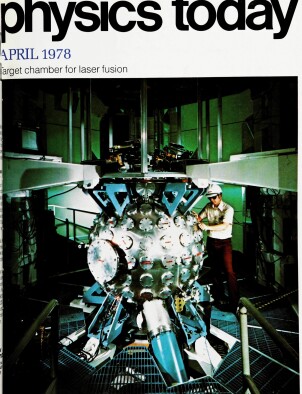The APS in 1977: public service in an era of limited growth
DOI: 10.1063/1.2994992
Some truly great figures have served as presidents of The American Physical Society. I am absolutely certain that I cannot measure up to the standards they have set, not just for the presidency of the society but also for their leadership within the science of physics and the community of physicists. Yet I would venture to guess that only my most recent predecessors found the presidency of APS as demanding of time and effort as I did, and that future presidents will encounter the same substantial demands on their energies that characterized my year. The presidency of the society has evolved into this circumstance as physics has entered a new, more complex, and a more difficult era. In this article marking the end of my term as APS president, after reporting on the activities of the society during the past twelve months I will offer some reflections on the characteristics, the differences and the challenges that this new era in physics presents.
This article is only available in PDF format
References
1. W. W. Lowrance, Science 197, 1254 (1977).https://doi.org/SCIEAS
2. F. Press, interview published in Research Management, September 1977, page 11.
More about the Authors
George E. Pake. Palo Alto Research Center of Xerox Corporation.
